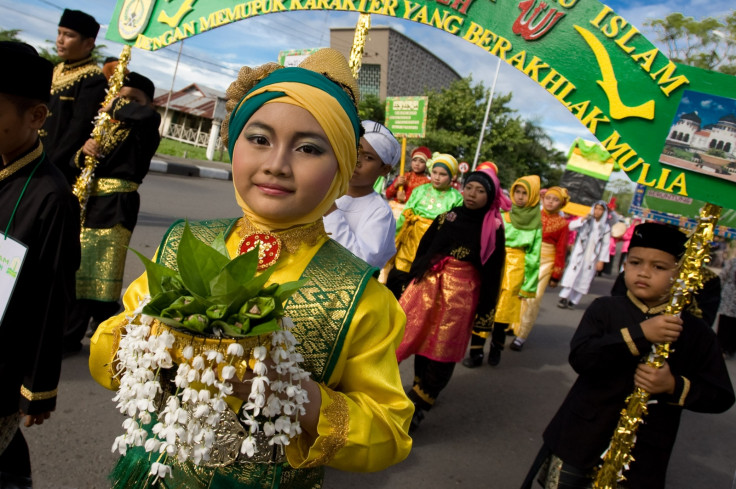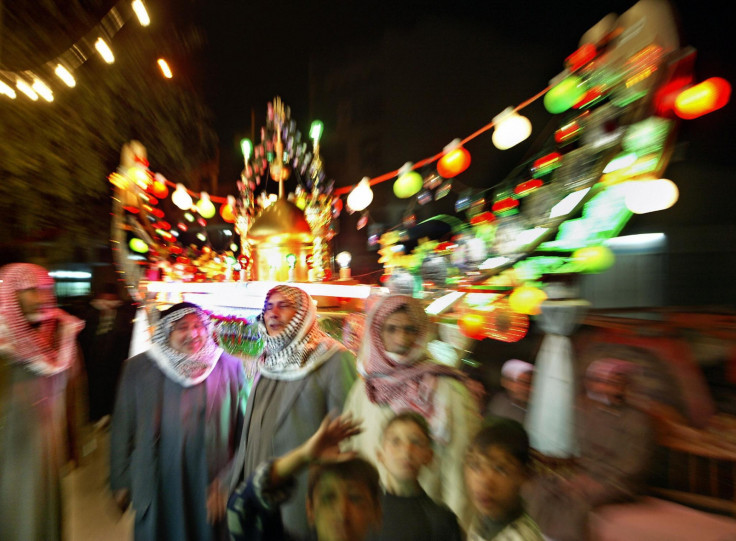Islamic New Year 2014: History Behind the Hijri Calendar and the Year 1436 AH

The Hijri new year is about to begin, marking the beginning of a new Islamic calendar year.
Otherwise known as Ras as-Sanah al-Hijriyah, it will start on the evening of 24 October and end on the evening of 25 October.
The first day of the year is observed on the first day of Muharram – the first month in the Islamic calendar. The first Islamic year beginning in 622 AD marks the emigration of Muhammad from Mecca to Medina, known as the Hijrah.
As the Islamic lunar year is between 11 and 12 days shorter than the solar Gregorian year, the Islamic new year does not come on the same day of the Gregorian calendar every year. 2014 is actually the year 1436 AH.
The AH stands for the Latin "Anno Hegirae" or "After Hijrah" – hijrah meaning emigration.
While some Islamic organisations prefer to determine the new month and the new year by local sightings of the moon, the majority of countries, including Saudi Arabia, follow astronomical calculations to determine future dates of the Islamic calendar.
There are various different ways for calculating the tabular Islamic calendar, the Hijri calendar. This results in a number of Islamic countries celebrating the new year on different days, normally a difference of one or two days.

The Umm al-Qura Calendar, used in Saudi Arabia, has been reformed several times. The current scheme was introduced in March 2002, the Islamic year 1423 AH. It is also followed by several neighbouring states on the Arabian Peninsula, such as Bahrain and Qatar.
According to the organisation King Abdulaziz City for Science and Technology (KACST), the rules for the Umm al-Qura calendar were modified so that the Islamic month starts from the sunset of the conjunction date at Makka on two conditions.
The first states the geocentric conjunction occurs before sunset on the 29th of the lunar month. Meanwhile, the second states the moon sets after the sun. Otherwise, the current lunar month would last 30 days.
The use of the Umm al-Qura calendar is often criticised by other Muslim communities who base their calendar on the actual sighting of the lunar crescent, known as hilāl.
In the month of fasting, Ramaḍān, and the month of the Hajj pilgrimage, the Umm al-Qura calendar often causes confusion due to the differing dates observed by different Muslim communities.
A day in the Islamic calendar is defined as beginning at sunset. For an observation-based calendar, a sighting of the new moon at sunset of 6 December would mean that 1 Muharram lasted from the moment of sunset of 6 December to the moment of sunset of 7 December.
However, while in places where the New Moon was not sighted on 6 December, 1 Muharram would last from the moment of sunset of 7 December to the moment of sunset of 8 December.
© Copyright IBTimes 2024. All rights reserved.






